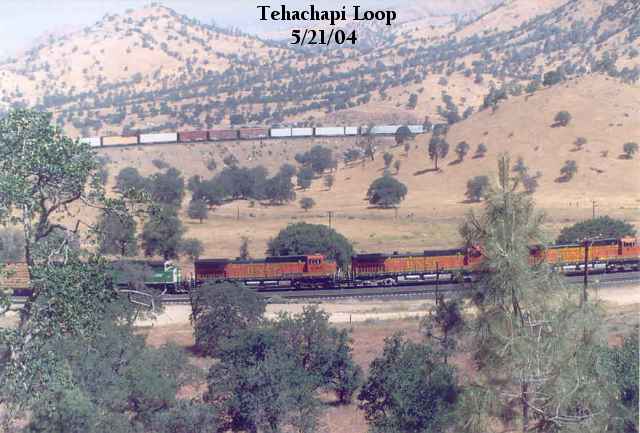Jerry ,
Thanks for your input . It is pleasing to know that there are folks around who , like yourself , take an interest in engineering in general . I get a little bit tired of the "not railway stuff " brigade , they don’t want to learn , it seems .
Your input ,giving a more detailed insight into these vehicles , may give someone the idea of using them as “scenery” on a layout—after all , these vehicles are an essential feeder to the rail network ,via the hopper wagons shown previously .
And , yes , I bet there will be those who say that they were invented on the West Coast . I certainly wouldn’t argue . You have to be there , on the spot to see it born , so to speak , for absolute proof .
With regard to the integration of the cassette trucks with the railway , the blokes working on the wheel change showed Martyn where to park safely in the truck park so’s he could take photos , they worked on the road vehicles as well .
Talking of inventions , way back in the early fifties , my Dad designed the tail lift for trucks , there was always a queuing problem at the factory where he was works engineer . One of the delivery drivers said the problem could be solved if the trucks were self loading . So Dad came up with the tail lift , his company set up a separate concern to make and sell them when their self advertising became effective .
Neither he , nor the driver , got a penny out of it.
Plus ca change , as the froggies say . We stole that saying as our invention .
Mike
PS Didja know that an Italian chappie did a successful powered flight a few years before the Wright Brothers ? True , but nobody wants to rewrite history , do they ?
EDIT____ sorry , Ray , I meant to say—Martyn is still stupified by drugs to stop the pain of the stone passing(pissing?) syndrome , and could not quite remember where he took the pics . When I said it could be the place you said , he said "Yes that’s it " . He was quite chuffed .
I also note that you went through it so often , you had to tell us twice !!! It’s ok , I believed you first time . Thanks for the input .


 Been through there many, many times over the years.
Been through there many, many times over the years.